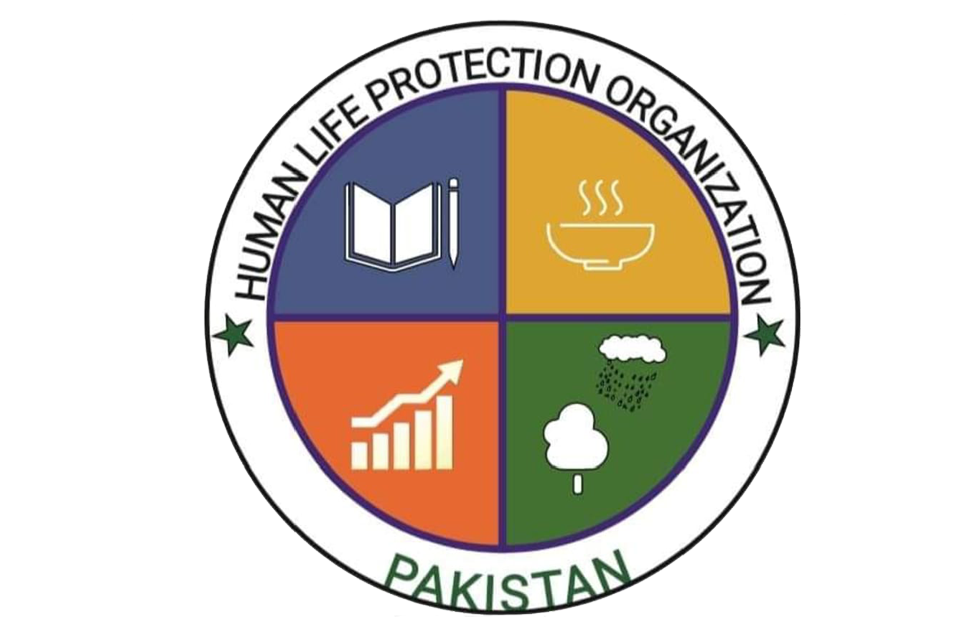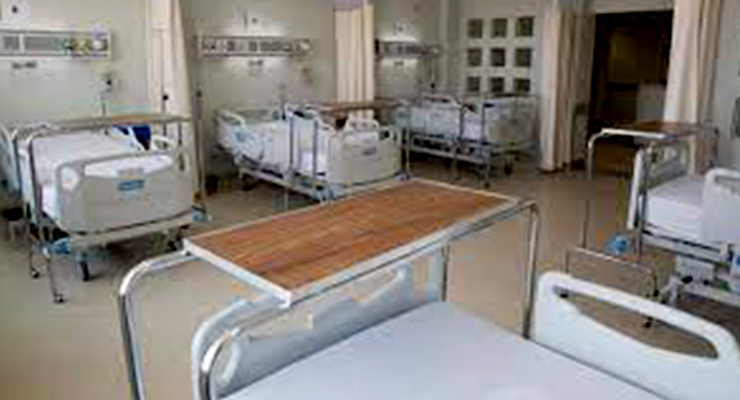The Health Landscape in Pakistan: Challenges and Prospects
Health is a cornerstone of human development, essential for the overall well-being and economic progress of any nation. In Pakistan, the health sector faces significant challenges, from inadequate infrastructure and funding to a shortage of healthcare professionals and systemic inefficiencies. Despite these hurdles, there are opportunities and ongoing efforts to improve healthcare delivery and outcomes across the country. This blog delves into the current state of health in Pakistan, highlighting the primary challenges and exploring potential pathways to a healthier future.
Current State of Health in Pakistan
Pakistan’s healthcare system is a mix of public and private providers, with public sector healthcare being the primary source for the majority of the population. However, the public healthcare system struggles with limited resources, outdated facilities, and an overburdened workforce. The country’s health indicators reflect these challenges, with Pakistan lagging behind many other countries in key health metrics.
The infant mortality rate in Pakistan is approximately 55 deaths per 1,000 live births, and the maternal mortality rate is around 140 deaths per 100,000 live births. These figures are significantly higher than global averages and underscore the critical need for improved maternal and child health services. Additionally, Pakistan faces a double burden of disease, with both communicable diseases like tuberculosis, malaria, and hepatitis, and non-communicable diseases (NCDs) such as diabetes, cardiovascular diseases, and cancer on the rise.
Key Challenges
- Inadequate Healthcare Infrastructure: Many health facilities, particularly in rural areas, lack basic amenities such as clean water, sanitation, and electricity. Hospitals and clinics are often understaffed and ill-equipped to handle the patient load, leading to suboptimal care.
- Funding Constraints: Pakistan allocates around 2.8% of its GDP to healthcare, far below the recommended 5-6% by the World Health Organization (WHO). This underfunding affects every aspect of the health system, from infrastructure and equipment to the availability of essential medicines.
- Shortage of Healthcare Professionals: There is a critical shortage of doctors, nurses, and allied health professionals in Pakistan. The doctor-to-patient ratio is about 1:1,300, significantly below the WHO recommended ratio of 1:1,000. This shortage is more pronounced in rural areas, exacerbating health disparities.
- Access and Equity: Healthcare access is uneven, with urban areas having better facilities and services compared to rural regions. Socio-economic disparities further limit access to quality healthcare for marginalized populations.
- Healthcare Quality: The quality of care in many public health facilities is compromised by outdated practices, lack of continuous professional development for healthcare workers, and inadequate regulatory oversight.
Opportunities for Improvement
- Increased Investment: Boosting healthcare funding is crucial. The government needs to prioritize healthcare in its budget, ensuring adequate resources for infrastructure development, equipment, and human resources.
- Public-Private Partnerships: Collaborations between the public and private sectors can help bridge resource gaps. Private sector involvement can introduce efficiency, innovation, and additional funding into the healthcare system.
- Primary Healthcare Focus: Strengthening primary healthcare services can alleviate the burden on tertiary hospitals and provide more accessible and affordable care for the population. This includes enhancing community health centers and preventive care programs.
- Healthcare Workforce Development: Investing in the education and training of healthcare professionals is essential. Expanding medical and nursing schools, providing scholarships, and improving working conditions can attract and retain talent.
- Technological Integration: Leveraging technology can enhance healthcare delivery. Telemedicine, mobile health units, and digital health records can improve access to care, especially in remote areas.
- Health Awareness and Education: Public health campaigns and community education programs can promote healthy lifestyles, disease prevention, and early diagnosis, reducing the overall disease burden.
- Policy and Governance Reforms: Effective healthcare policies, robust regulatory frameworks, and transparent governance are critical for ensuring quality care and accountability within the health system.
Conclusion
The health sector in Pakistan faces significant challenges, but with strategic investments, policy reforms, and collaborative efforts, there is potential for meaningful improvement. Enhancing healthcare infrastructure, increasing funding, addressing workforce shortages, and leveraging technology are key steps towards a healthier Pakistan. Ensuring equitable access to quality healthcare will not only improve individual well-being but also contribute to the socio-economic development of the nation. The journey towards a robust healthcare system is challenging, but with sustained commitment and innovation, Pakistan can achieve better health outcomes for all its citizens.

